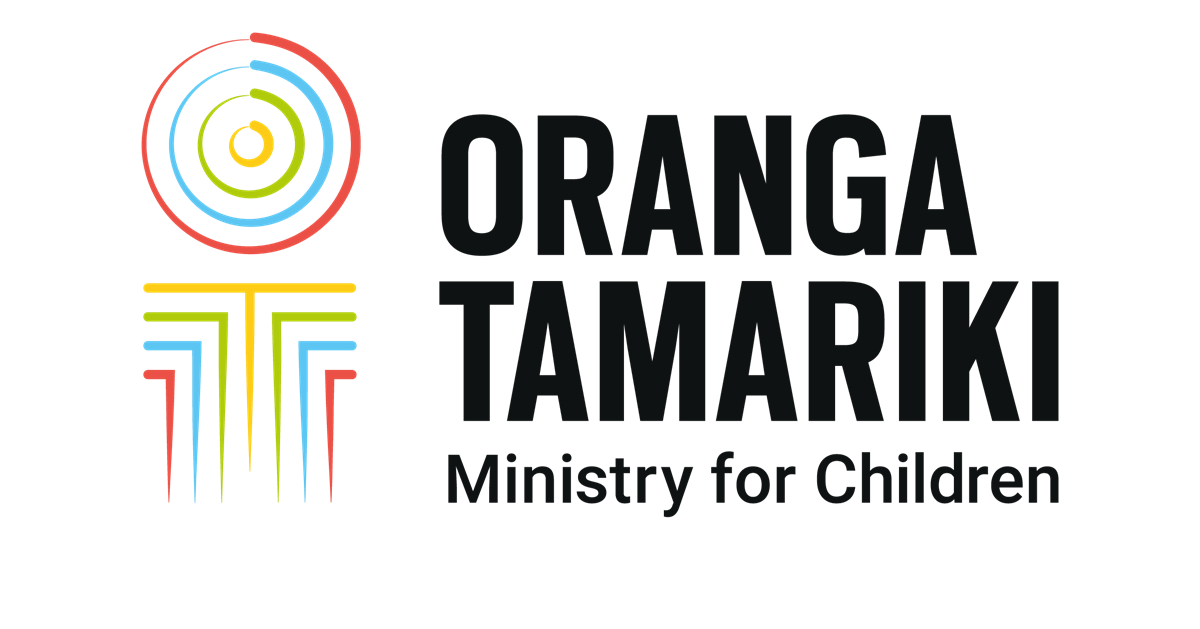Whare Ngaakau Nui is the first completed multi-purpose small new build for Oranga Tamariki.
Oranga Tamariki CE Chappie Te Kani says “Whare Ngaakau Nui is a response to the Ministerial Advisory Board’s report Te Kahu Aroha, which sets expectations for Oranga Tamariki to change the way it works with Māori and communities to deliver better outcomes for tamariki and whānau. The report highlighted the need for decision making and resources to be shifted to communities, with tamariki and whānau at the centre.”
An opportunity for effective engagement with whanau, hapū and iwi
Chappie says Whare Ngaakau Nui is also our opportunity to have effective engagement with whānau, hapū and iwi whereby they are working alongside us in our statutory roles, to make decisions about their tamariki.
Oranga Tamariki is currently working with mana whenua in the area and iwi care providers to look at the best care options for tamariki and rangatahi who will reside in Whare Ngaakau Nui.
As at 31 May 2022, Oranga Tamariki had partnered with 73 community and iwi organisations to support children and young people in statutory care, 36% of which are iwi and Māori providers. Additionally, Oranga Tamariki had partnered with 81 community and iwi organisations to support young people as they get ready to leave care or custody, 43% of which are iwi and Māori providers.
Chappie says Whare Ngaakau Nui is the ministry’s commitment to building capacity with iwi and community providers to provide care for the tamariki who will be living in the home.
“It’s important tamariki receive the right support to connect with whānau, hapū and iwi and to live in a community that provides kinship and wraparound services to support their needs.”
An adjoining whare has also been built for whānau to visit and stay to enhance the identity and connections of the tamariki and rangatahi.
Support staff will be available for tamariki and rangatahi inside the home as part of transition plans as the tamariki get older.
“The safety of tamariki, staff and caregivers is paramount. Whare Ngaakau Nui has also been designed and built with safety features to protect the tamariki, rangatahi, whānau, staff and caregivers.”
The beginning of Whare Ngaakau Nui
The Government committed $65 million of funding in its 2019 Budget to help meet a shortage of suitable long-term and stable placement options for tamariki with complex needs.
Whare Ngaakau Nui sits under the Te Whakaruruhau – Specialist Group Home project which will help meet this gap by supporting small groups of tamariki in a home environment with 24/7 care from specialist kaimahi.
Tamariki who live in specialist group homes are generally not able to live with whānau or other caregivers, and may have experienced several placement breakdowns.
Find out more about the whare and take a look inside by watching the videos below:

